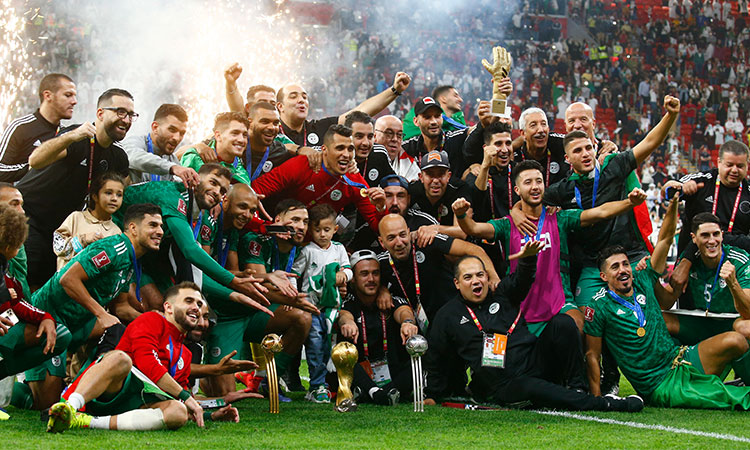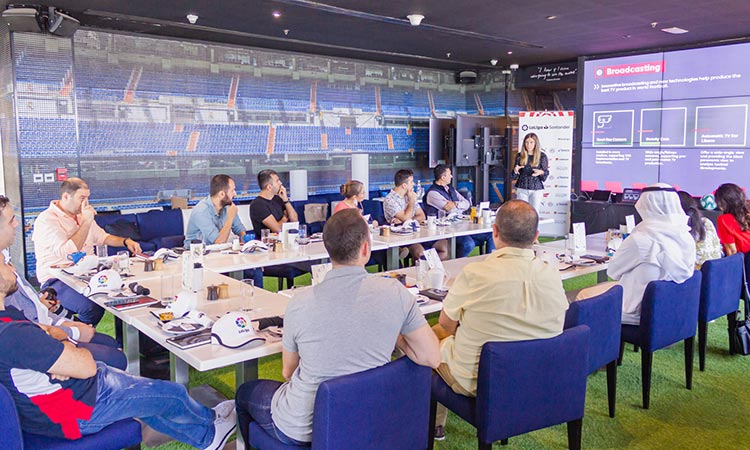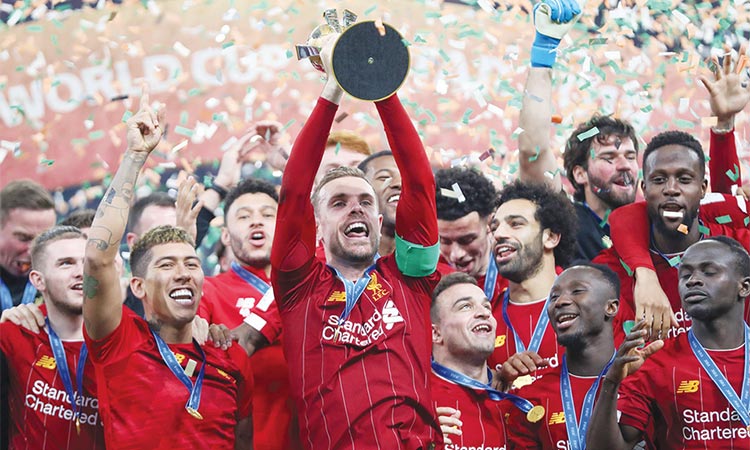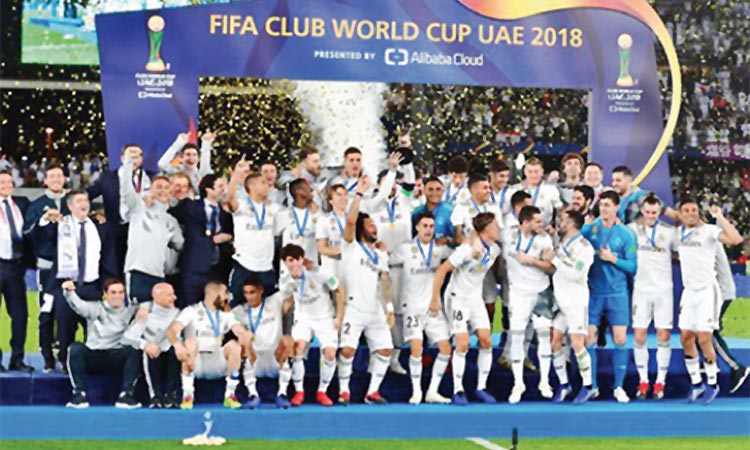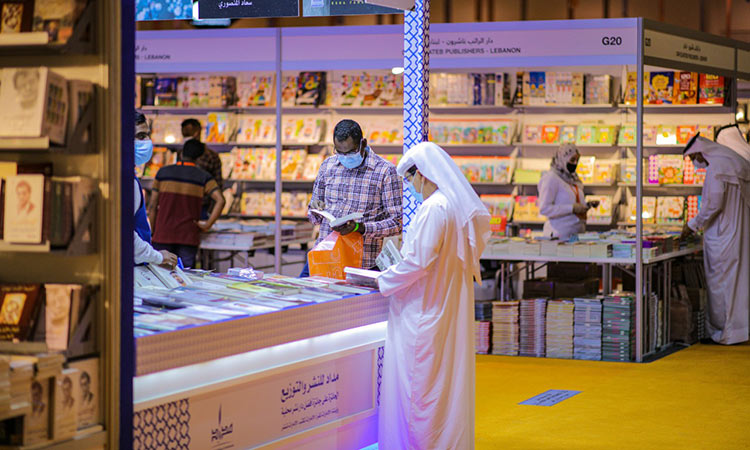Hard-driven game

Michael Jansen
The author, a well-respected observer of Middle East affairs, has three books on the Arab-Israeli conflict.
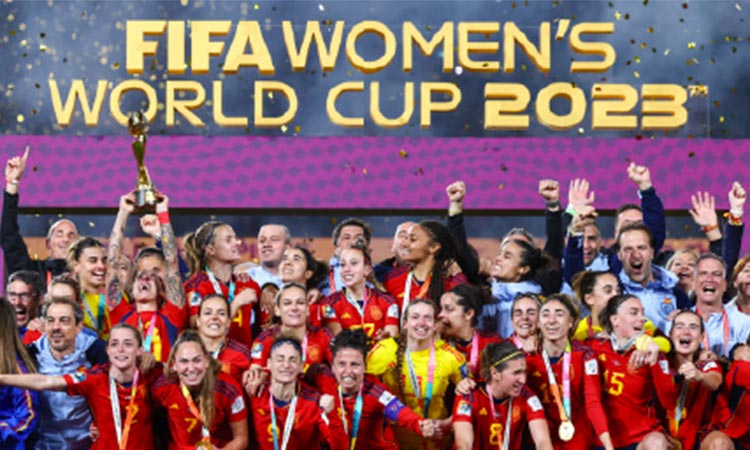
Spainish players and officials celebrate beating England to win the 2023 Women’s World Cup final at Stadium Australia in Sydney.
Since the game’s belated professional launch in 1991 by the Fédération Internationale de Football Association (FIFA), the sport’s global governing body, play has developed, competition has sharpened, and women’s sport has peaked in popularity.
From July 20th-August 20th, 1.5 million spectators in 10 stadiums in co-hosts Australia and New Zealand watched matches between 32 national teams, the largest number ever. Eight teams had joined the 24 which played in the eighth tournament in 2019. The newcomers were Haiti, Ireland, Morocco, Panama, the Philippines, Portugal, Vietnam, and Zambia.
Morocco’s Atlas Lionesses were among the stars of the tournament. Morocco was the first Arab and North African nation to qualify and the only newcomer to advance to the knockout stage after defeating Colombia and Germany. Last year the team reached the final of the Morocco-hosted Women’s Africa Cup of Nations but were beaten by South Africa.
The tournament attracted two billion television viewers while global media carried reports on each and every game to keep fans up to date on winners and losers and which teams had proceeded from one stage to the next. This was the first Women’s World Cup to be hosted by two countries and the first to take place in the southern hemisphere. It is winter there and temperatures have been milder than in the northern hemisphere which has been consumed by summer’s heat wave after heat wave.
The tournament prize rose to $110 million this year, three times larger than 2019 and seven times greater than in 2015. For the first time players are to receive payment directly from FIFA, depending on how well their teams play. National teams will receive $1.56 million for reaching the group stage. There are higher rates of pay for each stage, and $4.29 million for winners. All players will receive $30,000 for qualifying and $60,000 for reaching the knockout stage. Winning players will earn $270,000 each. As the global salary for female footballers is $14,000, the benefits will make a “meaningful impact on the lives and careers of these players,” stated a FIFA President Gianni Infanto.
FIFA’s website states, “Women’s football is the single biggest growth opportunity in football today and it remains a top priority for FIFA. Although the game has grown exponentially at all levels, the passion and rising popularity of the sport offers vast untapped potential.”
While eager to seize today’s opportunities FIFA cannot forget its role in the checkered history of women’s football. What happened to women’s football in Britain was shameful and prompted other countries in Europe to follow its example.
The first recognised women’s football match was in Britain on May 7th, 1881, when a team representing Scotland played England in Edinburgh. The two teams went on to stage several exhibition matches in other British cities. Women’s football expanded in the 1890s with the establishment of local clubs and competitions. In 1895, the British Ladies Football Club was founded and players began wearing loose trousers, shin guards and boots so they had freedom of movement. As games were well attended, the sport gave women a degree of independence and influenced campaigns for women’s suffrage and emancipation.
During World War I (1914-19) teams were formed by women who assumed factory work while men were at the front. By 1921, there were 150 teams in Britain, matches were popular a drew up to 45,000 fans. However, by December that year, opponents secured a ban on matches at (male) Football Association (FA) grounds. It argued that “the game of football is quite unsuitable for females and ought not to be encouraged.” Opponents of the ban contended men envied the large crowds attending women’s games and the FA could not control the money made from women’s games. The ban compelled women to play for half a century in parks, rugby grounds, and unsuitable venues. British women were not deterred while bans proliferated on the European continent.
Although Spanish women played football in the early 1900s, the first teams were formed in Barcelona, inspired by Britain’s example. When women stopped play during World War I, a few adventurous stars joined men’s teams. Between the 1930s and 1975, the country’s the conservative Franco regime banned the women’s game and no national league was formed until 1980.
Women’s football began in France in 1919 but was banned in 1933. In Germany, where women had been playing football from the 18th century and formed clubs in 1920, a ban was imposed by the men’s federation in 1955. The explanation given was that “this combative sport is fundamentally foreign to the nature of women [and] body and soul would inevitably suffer damage..[also] display of the body violates etiquette and decency.” In Italy, a club was formed in Milan in 1933 but was banned after nine months. Nevertheless, women launched teams in Trieste in 1946 and Naples in 1950.
The pivotal year was 1970 when bans were lifted. FIFA’s first officially-recognised a women’s international match pitting France against the Netherlands in 1971 but women had to wait 20 years for their first World Cup which was played in China and won by the US where women’s football (called soccer) was not taken seriously until 1965.
It is appropriate that the first Women’s World Cup was held in China which hosted the initial Asian women’s competition in 1975. There are 47 members of the Asia federation and Asia Cup champions qualify for the FIFA World Cup. China has had the most successful Asian team.
Women’s football is in its infancy the Arab World except in Morocco were the Royal Football Federation developed a four-year plan to launch a women’s programme with world-class facilities. In Jordan, Prince Ali Bin Hussein has given women’s football a boost. While woman have played the game in Saudi Arabia for 15 years, the kingdom only initiated its national programme in 2021. In the UAE female football has made a slow beginning with Emirati and expatriate players.
In Sydney, Lamia Bahaian, the first female vice president of the Saudi Arabian Football Federation, spoke of the transformative socio-cultural aspect of the sport and its potential for bringing about change. “This World Cup has been amazing, especially when you think about all the girls who are watching and dreaming about playing in the FIFA Women’s World Cup one day. Thanks to this tournament, new countries are shining, and a new champion [was] crowned.”
Photo: AFP
